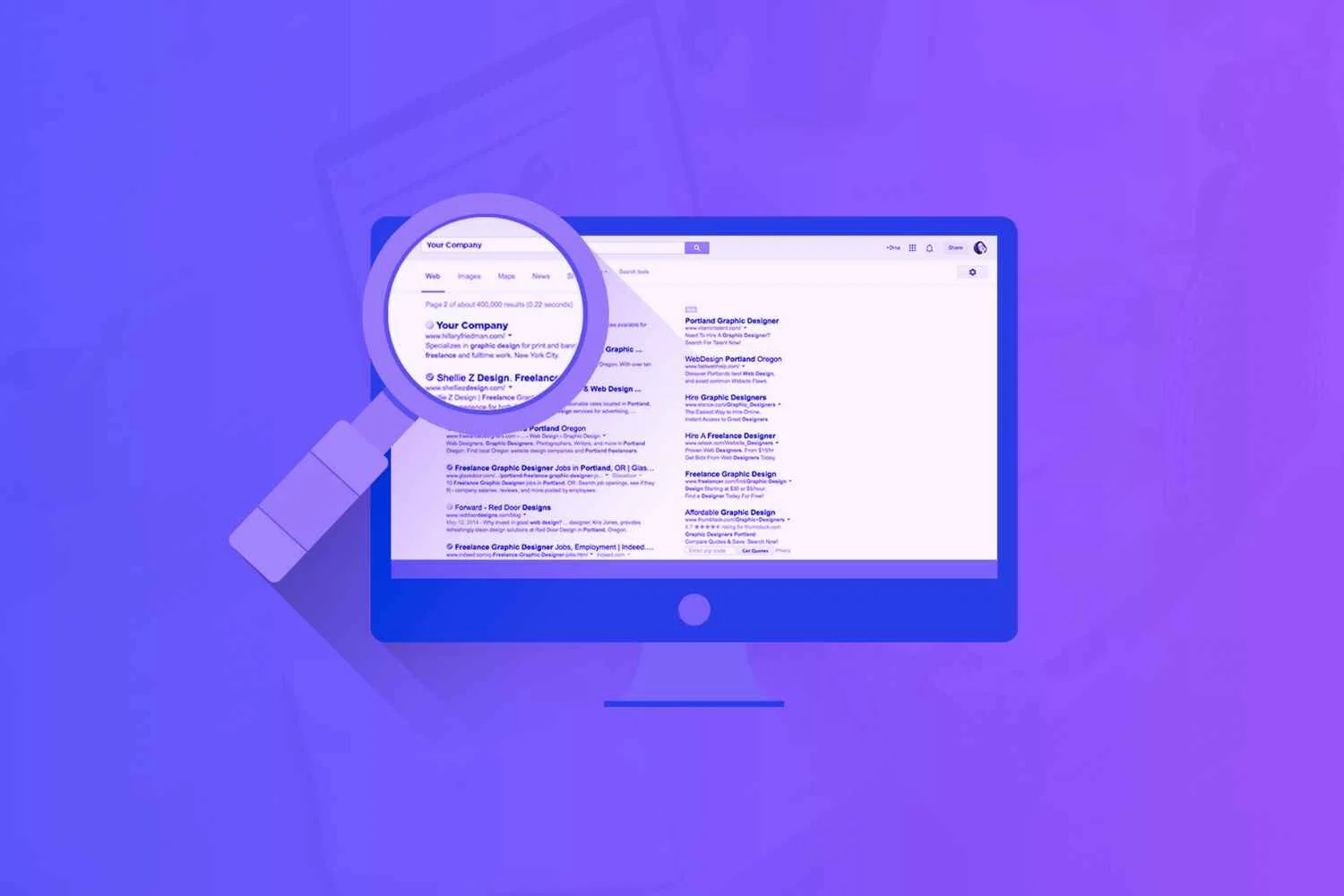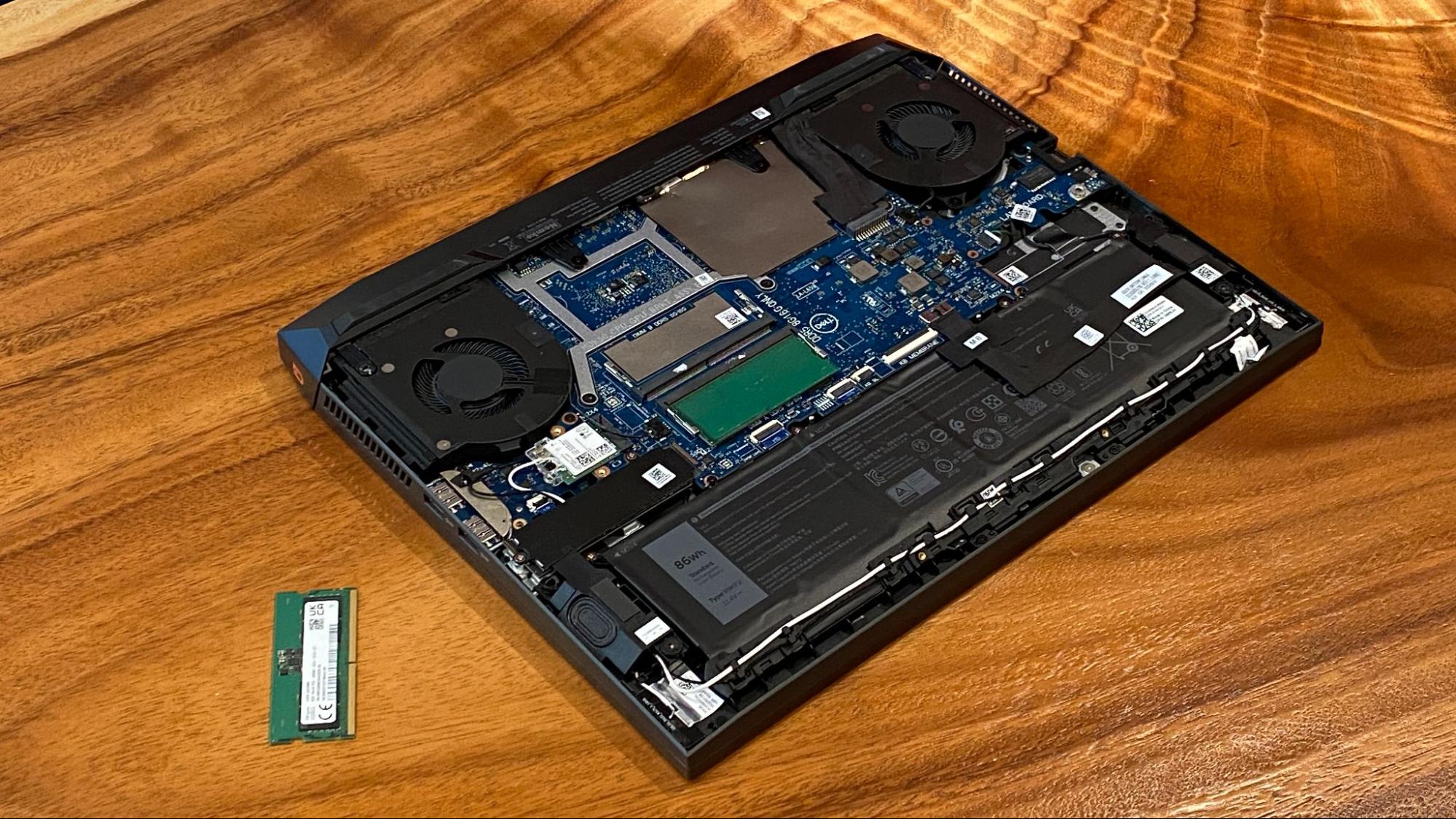Creating effective meta descriptions is crucial for enhancing your website’s visibility in search engine results. With advancements in AI technology, generating these descriptions has become more efficient and precise. This guide provides a step-by-step approach to crafting SEO-friendly meta descriptions using AI tools.
Step 1: Understand the Importance of Meta Descriptions
A meta description is a brief summary of a webpage’s content, typically displayed below the page title in search engine results. While it doesn’t directly influence search rankings, a well-crafted meta description can significantly improve click-through rates (CTR) by enticing users to visit your site.
Step 2: Choose an AI-Powered Meta Description Generator
Several AI tools are available to assist in creating optimized meta descriptions:
- Copy.ai: Offers an intuitive interface for generating engaging descriptions tailored to your content.
- Ahrefs: Provides a meta description generator that creates concise and compelling summaries based on your input.
- Grammarly: Features an AI-powered tool that crafts clear and optimized meta descriptions for various content types.
Select a tool that aligns with your specific needs and preferences.
Step 3: Input Relevant Information
To generate effective meta descriptions, provide the AI tool with the following details:
- Page Title: The title of your webpage or article.
- Target Keywords: Primary and secondary keywords relevant to your content.
- Brief Content Summary: A short overview of the page’s content to guide the AI in generating accurate descriptions.
Accurate and concise input ensures the AI produces relevant and effective meta descriptions.
Step 4: Generate and Review Meta Descriptions
After inputting the necessary information, use the AI tool to generate meta descriptions. Most tools will provide multiple options. Review each suggestion, considering the following:
- Relevance: Ensure the description accurately reflects the page content.
- Keyword Inclusion: Verify that primary and secondary keywords are naturally incorporated.
- Length: Aim for descriptions between 140-160 characters to prevent truncation in search results.
Select the description that best meets these criteria.
Step 5: Customize for Brand Voice and Tone
While AI-generated descriptions provide a solid foundation, tailoring them to match your brand’s voice enhances consistency and engagement. Adjust the tone to align with your audience’s expectations, whether it’s professional, casual, or informative.
Step 6: Implement the Meta Description on Your Website
Once finalized, add the meta description to your webpage’s HTML or through your content management system (CMS). Ensure each page has a unique meta description to avoid duplication issues.
Step 7: Monitor Performance and Iterate
After implementation, monitor the performance of your meta descriptions using tools like Google Search Console. Track metrics such as CTR and adjust descriptions as needed to optimize performance.
Best Practices for AI-Generated Meta Descriptions
- Be Concise: Keep descriptions within the recommended character limit to ensure full visibility in search results.
- Use Active Voice: Engage readers with direct and compelling language.
- Incorporate Keywords Naturally: Avoid keyword stuffing; ensure keywords fit seamlessly into the description.
- Include a Call-to-Action: Encourage user interaction with phrases like “Learn more” or “Discover now.”
- Ensure Uniqueness: Each page should have a distinct meta description to accurately represent its content.
Conclusion
Utilizing AI tools for generating meta descriptions streamlines the SEO process, saving time and enhancing content quality. By following this step-by-step guide, you can create effective, SEO-friendly meta descriptions that improve your website’s visibility and user engagement.






